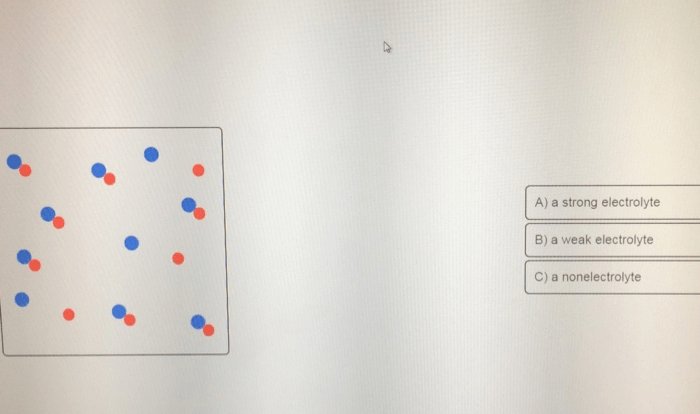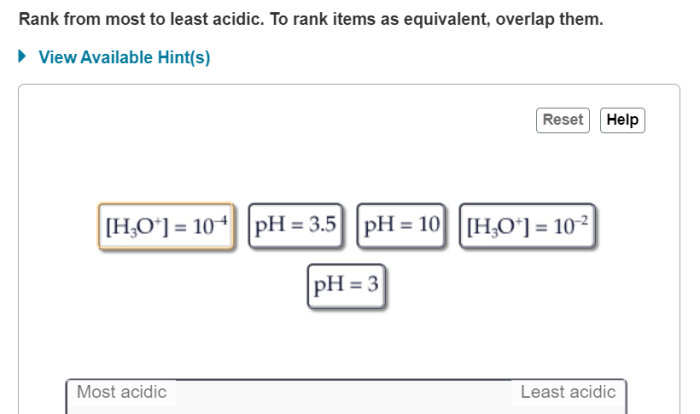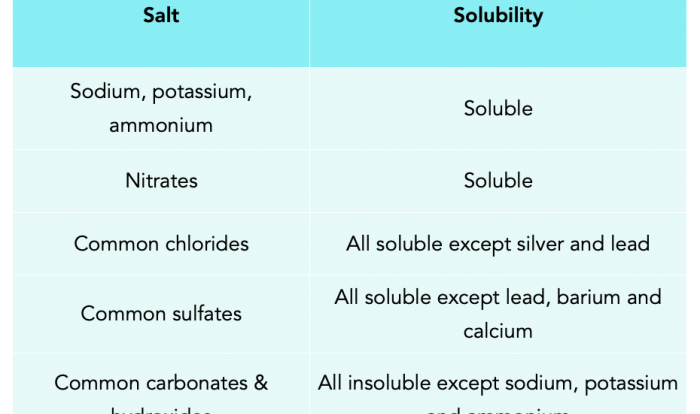Embark on a captivating journey into the realm of atomic structure with the Bohr Model Worksheet Answer Key. This comprehensive guide unveils the intricacies of the Bohr model, providing a profound understanding of the atom’s fundamental principles.
Delve into the key features, applications, and limitations of the Bohr model, unraveling the historical context that shaped its development. Engage in interactive exercises and thought-provoking questions that illuminate the complexities of atomic theory.
Bohr Model Overview
The Bohr model, proposed by Niels Bohr in 1913, revolutionized our understanding of the atom. It introduced the concept of quantized energy levels and explained the emission and absorption spectra of elements.
The Bohr model depicts the atom as a miniature solar system, with a positively charged nucleus at the center and negatively charged electrons orbiting it in specific circular paths called energy levels.
Key Features of the Bohr Model
- Quantized Energy Levels:Electrons can only occupy certain discrete energy levels. Each energy level is associated with a specific radius and energy.
- Circular Orbits:Electrons orbit the nucleus in circular paths, with each energy level corresponding to a different orbit.
- Energy Emission and Absorption:When an electron transitions from a higher energy level to a lower energy level, it releases a photon of light with energy equal to the energy difference between the two levels. Conversely, when an electron absorbs a photon of light, it can jump to a higher energy level.
Illustration of the Bohr Model
The Bohr model can be visualized as a series of concentric circles, with the nucleus at the center. Each circle represents an energy level, with the lowest energy level (n = 1) being closest to the nucleus. Electrons occupy these energy levels in a specific arrangement, with the number of electrons in each level determined by the Pauli exclusion principle.
Bohr Model Worksheet: Bohr Model Worksheet Answer Key
This worksheet will help you to assess your understanding of the Bohr model. Please answer the following questions to the best of your ability.
Questions and Exercises
- What are the three main postulates of the Bohr model?
- Draw a diagram of a Bohr model for the hydrogen atom.
- Calculate the energy of an electron in the first energy level of a hydrogen atom.
- Explain how the Bohr model can be used to explain the emission and absorption of light by atoms.
- What are the limitations of the Bohr model?
Answer Key
- The three main postulates of the Bohr model are:
- Electrons orbit the nucleus in discrete, circular orbits.
- The energy of each orbit is quantized.
- Electrons can only transition between orbits by absorbing or emitting a photon of light.
- [Image of a Bohr model for the hydrogen atom]
- The energy of an electron in the first energy level of a hydrogen atom is
13.6 eV.
- The Bohr model can be used to explain the emission and absorption of light by atoms because the energy of the photons emitted or absorbed is equal to the difference in energy between the two orbits involved in the transition.
- The limitations of the Bohr model include:
- It does not account for the wave-particle duality of electrons.
- It does not explain the fine structure of spectral lines.
- It does not work well for atoms with more than one electron.
Applications of the Bohr Model
The Bohr model is a simplified model of the atom that was developed by Niels Bohr in 1913. It is based on the idea that electrons orbit the nucleus in discrete energy levels. The Bohr model has been used to explain a wide range of atomic phenomena, including atomic spectra and the energy levels of atoms.
Atomic Spectra
One of the most important applications of the Bohr model is to explain atomic spectra. When an atom is excited, its electrons can jump to higher energy levels. When they fall back to lower energy levels, they emit photons of light.
The wavelength of the light emitted is determined by the difference in energy between the two energy levels. The Bohr model can be used to calculate the wavelengths of the lines in atomic spectra.
Energy Levels of Atoms
The Bohr model can also be used to calculate the energy levels of atoms. The energy of an electron in a particular energy level is given by the following equation:“`E =
13.6 eV / n^2
“`where E is the energy of the electron in electron volts (eV) and n is the principal quantum number of the energy level. The principal quantum number is a positive integer that indicates the energy level of the electron. The lower the principal quantum number, the lower the energy of the electron.
Real-World Applications, Bohr model worksheet answer key
The Bohr model has been used in a wide range of real-world applications, including:
- The development of lasers
- The design of semiconductor devices
- The study of nuclear reactions
The Bohr model is a powerful tool that has been used to understand a wide range of atomic phenomena. It is a simple model that can be used to explain a wide range of complex phenomena.
Getting stuck on the Bohr model worksheet answer key? Take a break and dive into chapter 11 just mercy summary for a captivating tale. Afterwards, return to the worksheet with a fresh perspective, ready to conquer those atomic mysteries.
Limitations of the Bohr Model
The Bohr model, while groundbreaking, had several limitations that later experiments and observations brought to light. These limitations led to the development of more accurate models of the atom.
Inability to Explain Spectral Lines of Complex Atoms
The Bohr model could not explain the complex spectral lines observed in atoms with more than one electron. The model predicted only a single spectral line for each energy level transition, but experiments showed multiple lines for each transition.
Failure to Account for Electron Spin
The Bohr model did not consider the electron’s spin, a fundamental property that affects its energy levels. This omission led to inaccuracies in predicting the energy levels and spectral lines of atoms.
Classical Nature of Electron Orbits
The Bohr model depicted electrons orbiting the nucleus in circular or elliptical paths, a concept borrowed from classical physics. However, quantum mechanics revealed that electrons do not follow classical trajectories but instead behave as waves.
Superseded by Quantum Mechanics
The limitations of the Bohr model were addressed by the development of quantum mechanics, which provided a more accurate description of atomic structure and behavior. Quantum mechanics introduced the concept of electron orbitals, electron spin, and wave-particle duality, resolving the shortcomings of the Bohr model.
Historical Context of the Bohr Model
The Bohr model emerged at a pivotal juncture in the development of physics, where classical models struggled to explain atomic phenomena. The late 19th century witnessed the discovery of the electron by J.J. Thomson, followed by the groundbreaking work of Ernest Rutherford on atomic structure.
Rutherford’s gold foil experiment in 1911 provided evidence for a concentrated, positively charged nucleus surrounded by a diffuse electron cloud. However, this model faced challenges in explaining the stability of atoms and the emission of light at specific wavelengths.
Niels Bohr’s Contributions
Niels Bohr, a Danish physicist, proposed a revolutionary model in 1913 that addressed these shortcomings. Bohr’s model was based on the following key postulates:
- Electrons orbit the nucleus in discrete, quantized energy levels.
- Electrons can only transition between energy levels by absorbing or emitting photons of specific energies.
- The angular momentum of electrons in each energy level is quantized.
These postulates provided a theoretical framework for understanding the behavior of electrons in atoms and paved the way for further advancements in quantum mechanics.
Timeline of Key Events
- 1897:Discovery of the electron by J.J. Thomson.
- 1911:Ernest Rutherford’s gold foil experiment.
- 1913:Niels Bohr publishes his model of the atom.
- 1922:Bohr receives the Nobel Prize in Physics for his contributions to atomic structure.
Detailed FAQs
What is the significance of the Bohr model?
The Bohr model revolutionized our understanding of atomic structure, introducing the concept of quantized energy levels and explaining the emission and absorption spectra of atoms.
How does the Bohr model explain atomic spectra?
The Bohr model postulates that electrons occupy specific energy levels within an atom. When an electron transitions between these levels, it emits or absorbs a photon of light with a wavelength corresponding to the energy difference between the levels.
What are the limitations of the Bohr model?
While the Bohr model provides a simplified picture of atomic structure, it fails to account for certain phenomena, such as the splitting of spectral lines and the behavior of electrons in more complex atoms.




